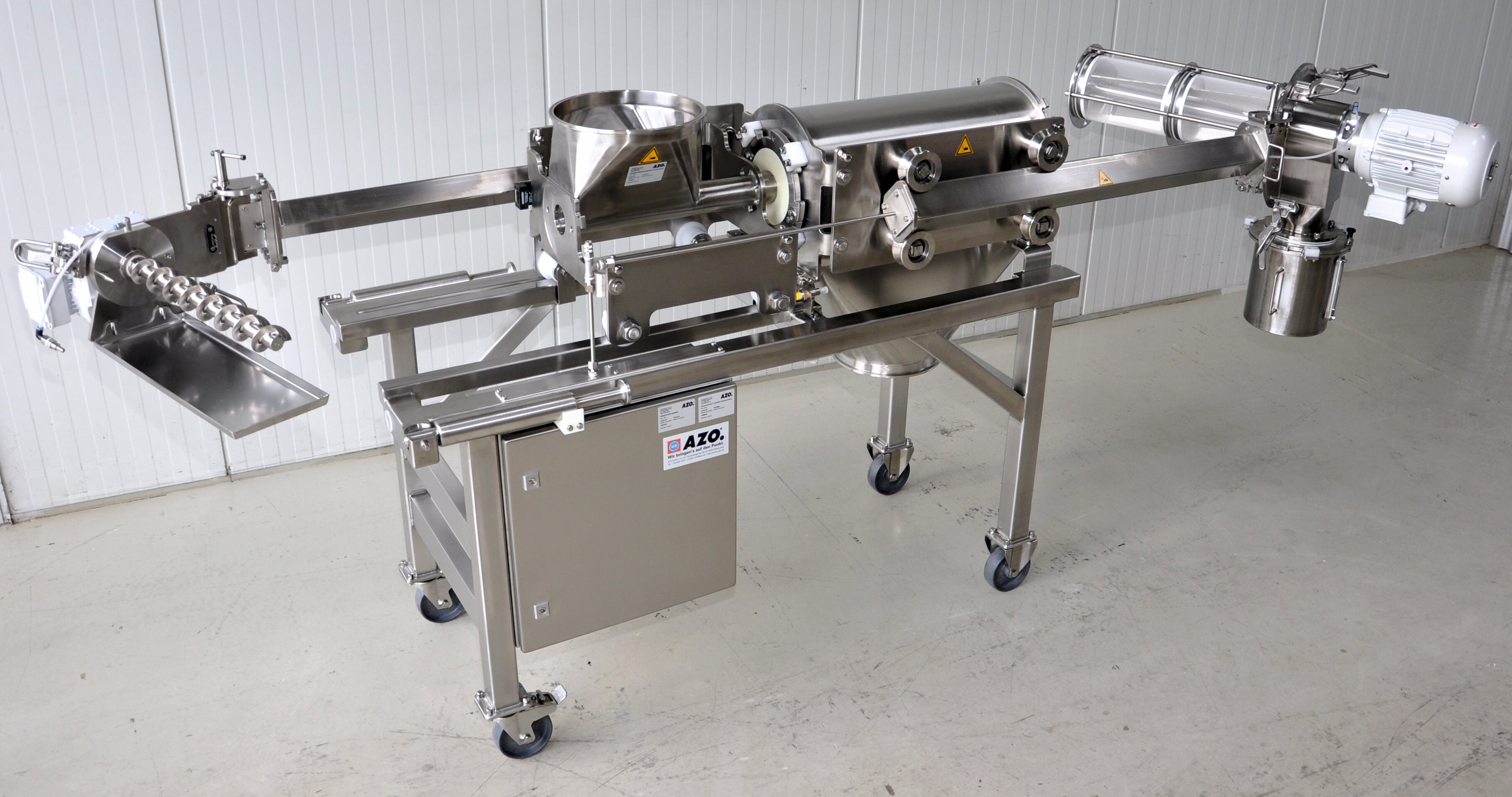
When a screener operator opens the inspection door, they should spin the screen frame around and look closely at the seams and fabric. This is how an operator will know if it’s time to change a screen in their material screening equipment.
Changing nylon mesh screens represents a small, routine maintenance expense with big potential savings.
If a screen breaks, you have to assume that any material that has been screened since the last inspection is potentially contaminated. Not only do you have to stop production, but you likely have to track down any material processed in the meantime. If it's still in raw form, this material must be rescreened. If the material has been processed and is now part of a product, then you face a tougher and more expensive choice.
No matter what, if a screen breaks, it's expensive — in downtime, quality exposure and potential reputational damage. More importantly, it's avoidable with prudent, periodic maintenance. So how often should you check the screens in your screeners and what are the clear signs that it is time for screen repair? We have those answers and more.
When a screener operator should inspect a screen
It is highly recommended that a screener operator should inspect their screens at least once per shift, every shift. Required screener maintenance will depend on three factors:
- Usage (how many hours the screener has been operating)
- Your process
- The material being screened
If you are screening flour, for instance, the screens will last longer than if you’re screening an abrasive product such as sugar. Still, inspecting a screen once per shift, every shift puts an operator in the right place to notice any sure signs that call for screen replacement.
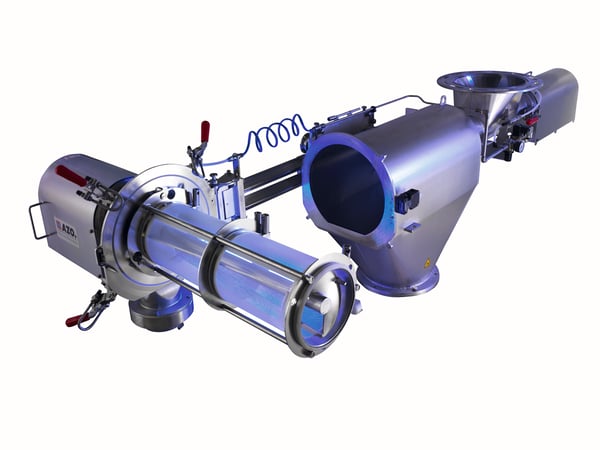
What to look for during inspection
The most obvious sign that your screen is in need of replacement is holes. When holes are present, your screener isn’t really screening anything, is it? Making sure the screen in your screener is free from holes is critical for daily operation.
Fraying of the nylon mesh screen fabric and stretching the nylon or polyester material are more gradual changes to an otherwise healthy screen. Weeks could go by before operators see enough fraying that they decide to contact a mechanic and change the screen from a screener, but waiting this long to change a screen is not ideal.
The more nylon stretching that occurs, the more a screen material becomes worn and the more likely it is that beater bars could impact the screen seams. Under proper conditions, these beater bars would not even touch the screen, but screen material that is worn can begin to sag and this can lead to cracked screens or tearing once the bars come into contact with the screen material.
When a screener operator should replace their screen
Not only is maintenance primarily dependent on the type of product you are running through the screening equipment, but recognizing when to replace a screen is also process-dependent.
Screens should be replaced at least once per quarter but also when an operator notices that screen material is torn or significantly worn. Again, fraying of the nylon screen fabric or stretching the nylon or polyester material are clear indicators that a screen should be changed.
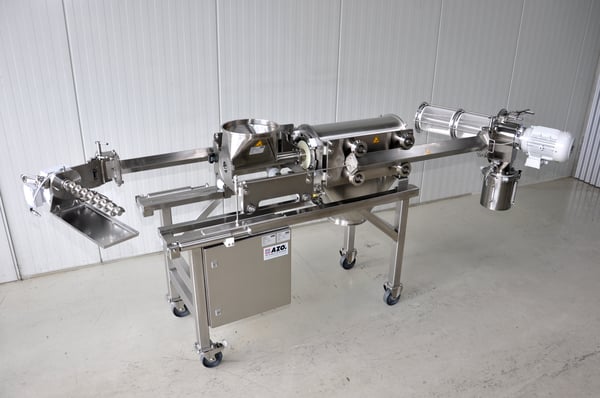
An AZO DA Screener – capable for quick inspection and cleaning as the screen and infeed can be extracted and swiveled to the side (as shown).
Cleaning the screener unit
Cleaning the entire screener unit, and not just the screen, is also both process and product-specific. Typically, this a process is set up by a plant’s production schedule. Still, for most processes, material screening equipment should be completely cleaned annually. If a product change occurs before a screener is annually cleaned, the screener should be completely cleaned before this product change.
This is recommended because many parts of the average screener (groundings, gaskets, the rear screen-frame seal, the drive coupling clutches and the bearings) are much more accessible during a product change than during routine inspections. Items that can be worn down should be inspected based on the preventative maintenance schedule.
Dry cleaning is recommended for all screening equipment as water may seep into cracks and crevices of a screener causing mold if food products are involved. Another benefit to dry cleaning (by using either a brush or a vacuum) is that the screener itself does not require complete disassembly as required during wet cleaning.
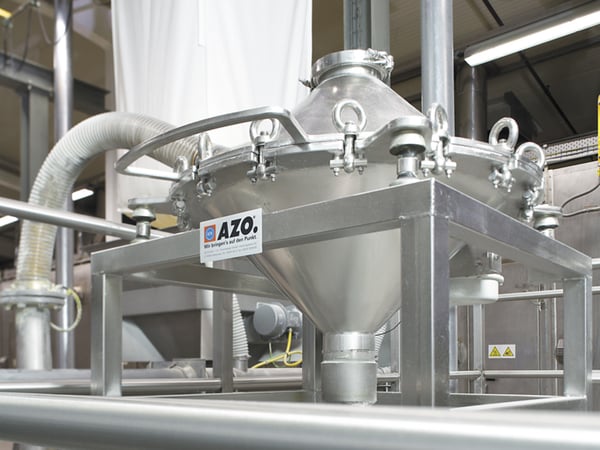
An AZO TW Screener
Inspection and cleaning for an AZO TW screener
In regards to inspection and cleaning, it should be noted specifically that AZO’s TW screener model is a different animal than screeners such as the E or DA models. Screens utilized for a TW screener are stainless steel perforated sheet metal and therefore are long-lasting items. These screens last much longer than screens used in the E or DA screeners. Still, if you notice a screen is cracked or damaged upon inspection, a new screen can and should be ordered. Inspection should also occur after every unloading event, which is typically every one or two hours depending on the plant.
Inspection of the TW is critical because the screens are not self-cleaning. If material is caught by the screen, there is no way for a TW screener to reject that material. An operator must remove the material manually. If there is an abundance of material caught in the screen of a TW screener, it is recommended that your plant follow up with the material supplier to locate and identify specific issues.
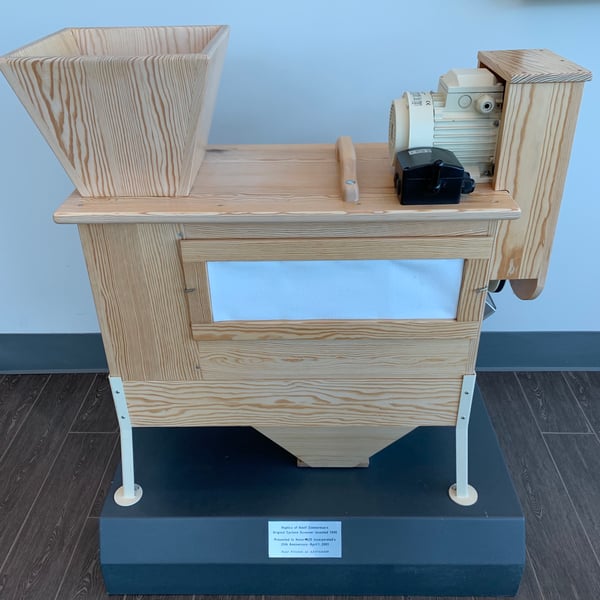
Did you know that AZO launched the first cyclone screener on the market in 1952? AZO Inc. has a long history of bringing robust and heavy duty screeners to North America that are based on the founding ideas that made this machine a success in Germany.
Contact our sales engineers to learn more about our years of experience in tackling various plant process challenges you may have.


